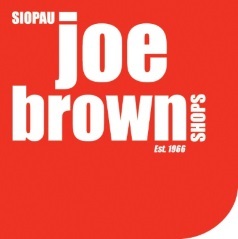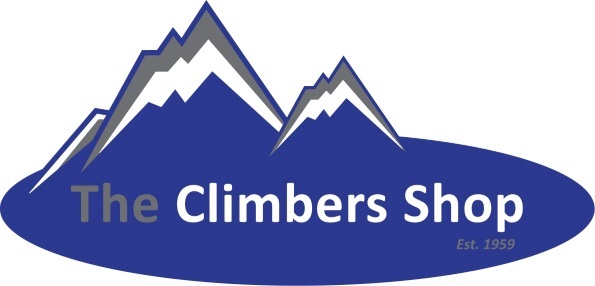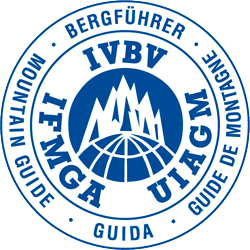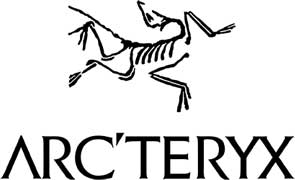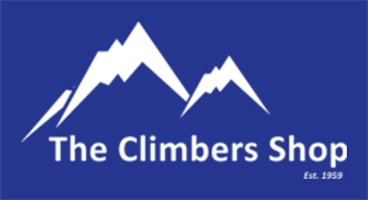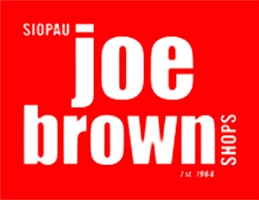Avalanche Awareness Equipment
The ISM Introduction to Off-Piste Skiing and the Advanced Off-Piste Sking courses are both based from the Tour D'Ai in Leysin so you will not need an extras that are needed for an overnight in a hut.
Dressing properly for the mountains can make the difference between an enjoyable trip and an uncomfortable one. Clothing should give the right degree of warmth for the activity, wick perspiration and be easy to ventilate. You should avoid clothes made from cotton as they become cold and clammy when wet.
Equipment List
- Comfortable clothes for your stay in the hotel with suitable footwear to potentially walk in the snow around the village of Leysin.
- Waterproof, breathable jacket or ski jacket - such as the Arc'teryx Sabre AR
- Lightweight down Jacket - such as Arc'teryx Cerium
- Waterproof trousers - such as the Arc'teryx Sabre AR pant
- Warm Ski Gloves - such as the Arc'teryx Sabre glove
- Thinner fleece gloves - such as the Arc'teryx Rivet AR glove
- Thermal Tops - such as the Arc'teryx Phase AR Zip Neck Long sleeve
- Mid-layer Top - such as the Arc'teryx Fortrez Hoody
- Mid-layer warmer insulating piece - such as the Arc'teryx Nuclei Hoody
- Mountain trousers or thermal leggings which are worn under over pants
- Warm hat to fit under a helmet - such as the Arc'teryx Castlegar Toque Hat
- Socks and spares, medium thickness, not too thick as this overly softens the connection between foot and ski boot.
- Rucksack aprox. 30 litres capacity - such as the Arc'teryx Alpha SK 32 or a rucksack that has an airbag Arc'teryx Voltair 30
- Small water bottle or thermos for a hot drink
- Ski Helmet
- Sunglasses (Cat 4 rating is preferable)
- Goggles
- Sun cream (factor 25+, total block) and lip block
- Wash kit
- Money, Passport
- Ear plugs – optional (you may be sharing a room)
- Camera
Safety Equipment (available to borrow free of charge from ISM)
- Avalanche Transceiver and spare batteries (Trackers, Barryvox and Ortovox are good makes and the digital models are much easier to use).
- Snow shovel - such as the Black Diamond Deploy 3
- Avalanche probe - such as the Black Diamond Quickdraw Tour
Tip: It is best to try before you buy any safety equipment
Ski Equipment (not supplied by ISM but available for hire at the venue)
- Skis with ski touring bindings – Fritschi and Dynafit bindings are recommended.
- Ski touring boots (see section on boots below)
- Ski Poles - fixed length are better than the telescopic as they are stronger
- Ski Crampons (also called harscheisen or couteau) are an essential touring accessory
- Skins - If these are cut to fit the ski then that is an advantage. It is important to only have the ski edges showing at the ski waist when the skins are fitted).
- Ski Helmet
Ski Touring Equipment Advice
Tip: Please see the ISM Ski Touring Equipment Advice 2020 document for more detailed information.
Ski Touring Boots
Choosing the correct ski touring boot is a very important decision. Your boots should be a snug fit but comfortable and definitely not too small as your feet will get cold. Wear a medium thickness sock, too thin and you will get cold feet, but also too thick and you will overly soften the connection between your foot and the ski boot making control the ski less precise.
It is very nice to get the inner boots custom fitted by thermally moulding them to your feet. This ensures that you have a perfect fit and there is no movement between the foot and boot. It is really important that you have no heal lift when you lean forward (only a couple of millimetres movement is acceptable)
There are generally two types of ski boots on the market these days. The lightweight ski boot for ski touring which are designed to comfort on the uphill while still maintaining good downhill performance or the heavier ski boot which is biased towards downhill performance.
I would really recommend thinking about the style of skiing that interest you whether you want to rip up the off piste slope using uplift so taking the heavier boot or prefer to travel in the mountains on foot in which case try the lightweight boot.
I must say that the attraction for me is getting away from the crowds and ski resorts so if you feel, like me, that the remote mountain wilderness experience motivates you then take the lighter ski touring boot. Skiing from lifts does limit your success of fresh tracks as off-piste skiing is so popular these days.
Renting ski touring boots may be the best solution especially if you're ski touring for the first time - contact Hefti Sports for information on their hire boots and prices.
If you want to buy boots, then have a look at the following ranges:
Skis
With so many good ski manufacturers and the constantly changing ski designs it’s difficult to choose the right skis for you.
As a general rule the ski should be roughly the same height as you are. A general purpose “all rounder” ski should have a waist (width of ski under foot) of between 85mm (if you are under 50kg) to 100mm (if you are over 90kg). I find a waist size of 90mm just about right and I am 66kg (plus 10kg for a rucksack).
Choosing the right ski is a little easier if you're a committed ski tourer, but if you're ski touring for the first time then maybe hiring skis is the answer - contact Hefti Sports for information on their hire skis and prices.
It is better to rent skis if you are not sure what to buy so that our guides can give you input on the best ski for you. But in the meantime, and if you want to buy skis, then have a look at the following manufacturers -
Atomic touring skis
Movement touring skis
Dynastar touring skis
Salomon Skis
Bindings
The market leaders for ski touring bindings are Diamir and Dynafit, with them both having a great range of ski touring bindings. On any ISM ski course it is important to have a ski touring binding
Diamir Fritschi bindings
Dynafit bindings
Inflatable Airbag Rucksack Systems.
These are becoming more and more the standard equipment for off piste skiing, they may not save you from an avalanche, but they can increase your chances of not being buried.
They are not often used for ski touring as they add a lot of extra weight to the rucksack (about 3kg).
Mammut/Snow Pulse and Arc'teryx Voltair 30


